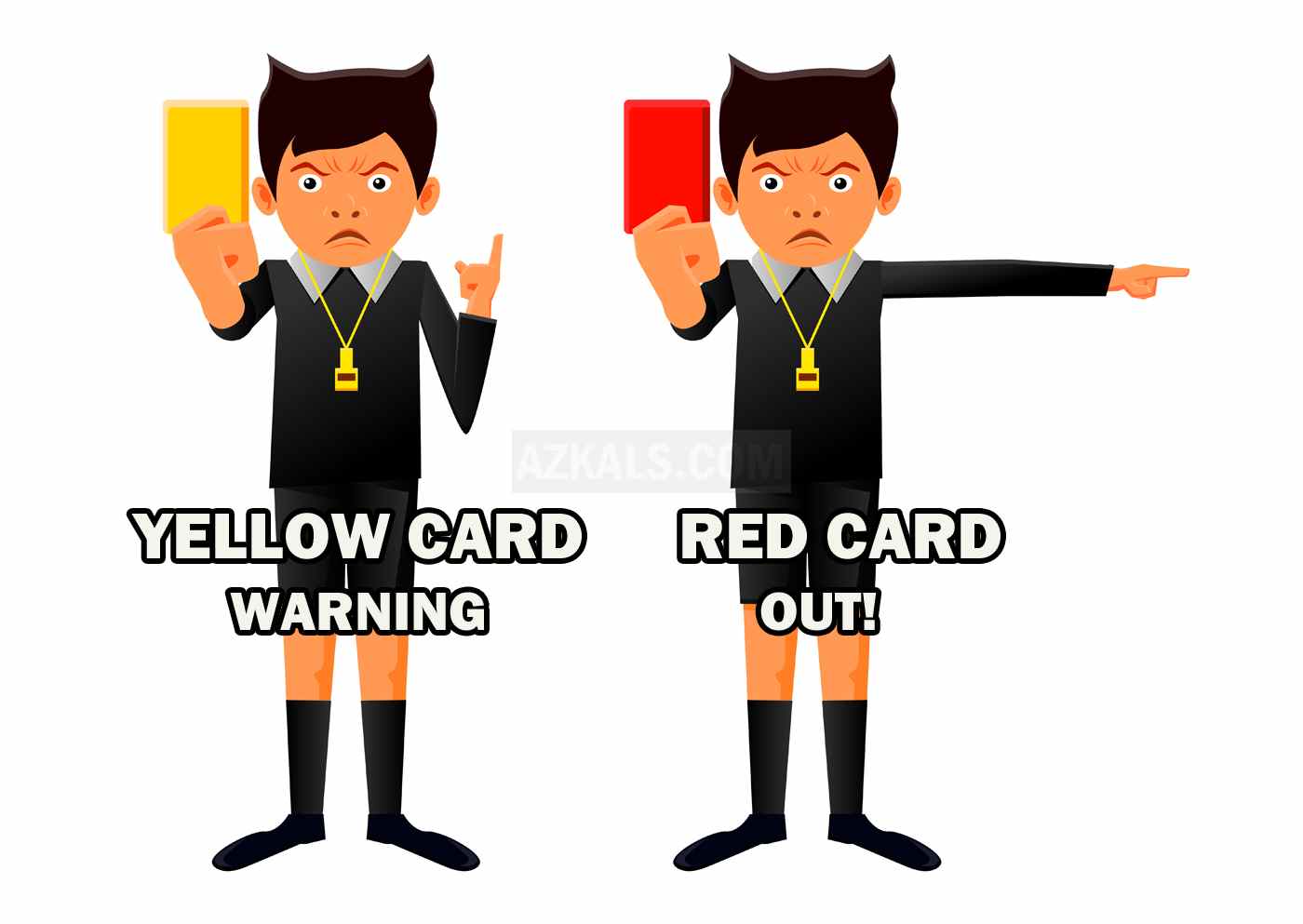Soccer Tutorial: Red Card and Yellow Card in Football

The yellow card or the red card shown by the soccer referee to an offending player on the field should be easily to comprehend even for a novice Filipino soccer fan.
The use of the yellow or red card is a referee’s prerogative, also depending on the player’s severity of a foul or misconduct. A referee may show a yellow card to a player who held another player’s shirt, others may just call a foul, but no yellow card. The referees’ calls may vary, but FIFA has a guide of when to give a yellow or red card.
Let’s start with the basics:
Yellow card – is a warning after a player did an unsportsmanlike behavior or any violation. Two yellow cards is equals to a one red card.
Red card – the final call for a player to sent off, or ordered to walk out of the field.
When to give a yellow card? If a player gets a second yellow card within the game, he or she must leave the field because two yellow cards is equivalent to a one red card.
1. Hard foul
2. Intentionally touching or blocking the football with the arms or hands.
3. Repeatedly violating the rules of the game.
4. Deliberately delaying the game.
5. Diving, simulation or faking an injury or fall.
6. Entering or leaving the field of play without the referee’s permission.
7. Verbal abuse on the official.
When to give a red card? Two yellow cards is equivalent to a one red card.
1. Violent behavior like punching another player or official.
2. Verbal insult or threat to a player or official.
3. Blocking the ball with hands or arms to prevent the soccer ball from going in inside the goal.
3. The last defender fouling a breaking away opposing player.
4. Severe foul on a player.
5. Spitting at another player or official.
6. Receiving a second yellow card.
Watch this video of hard tackles and fouls that only received yellow cards, instead of red.
See more soccer tutorials.



